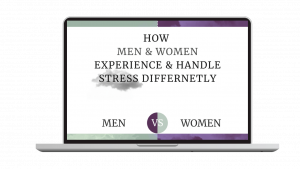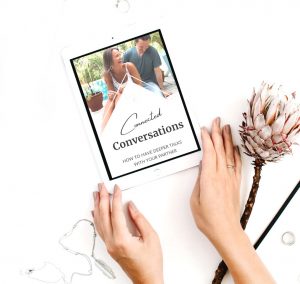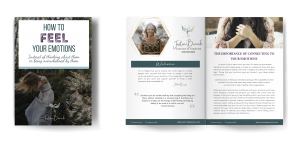
Why Emotions Cause Conflict in Relationships—and How to Turn It Around
Have you ever found yourself in an argument with your partner, wondering, Why don’t they just understand how I feel? Or maybe you’ve tried to help your partner through an emotional moment, only to have your well-meaning efforts backfire.






